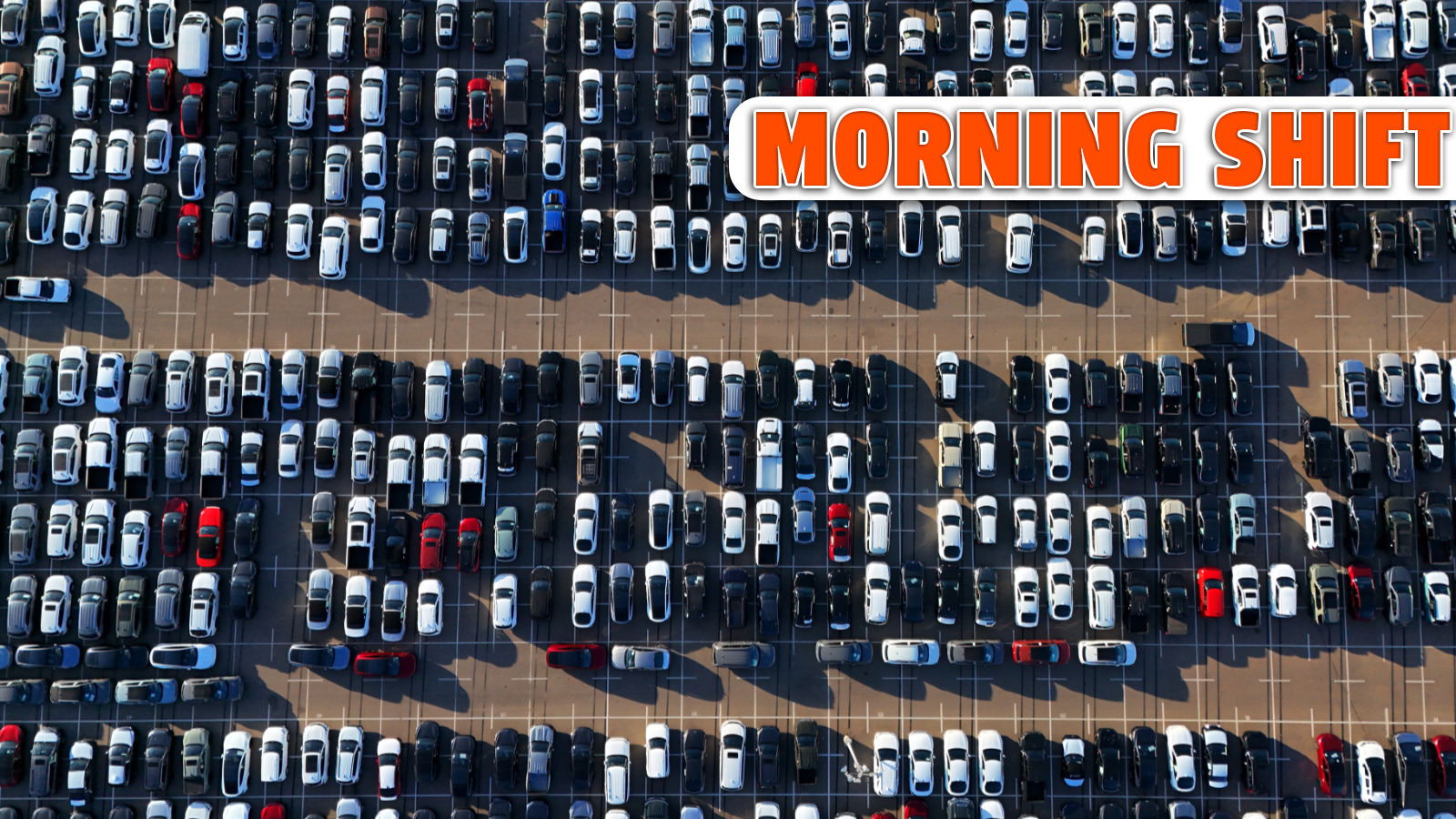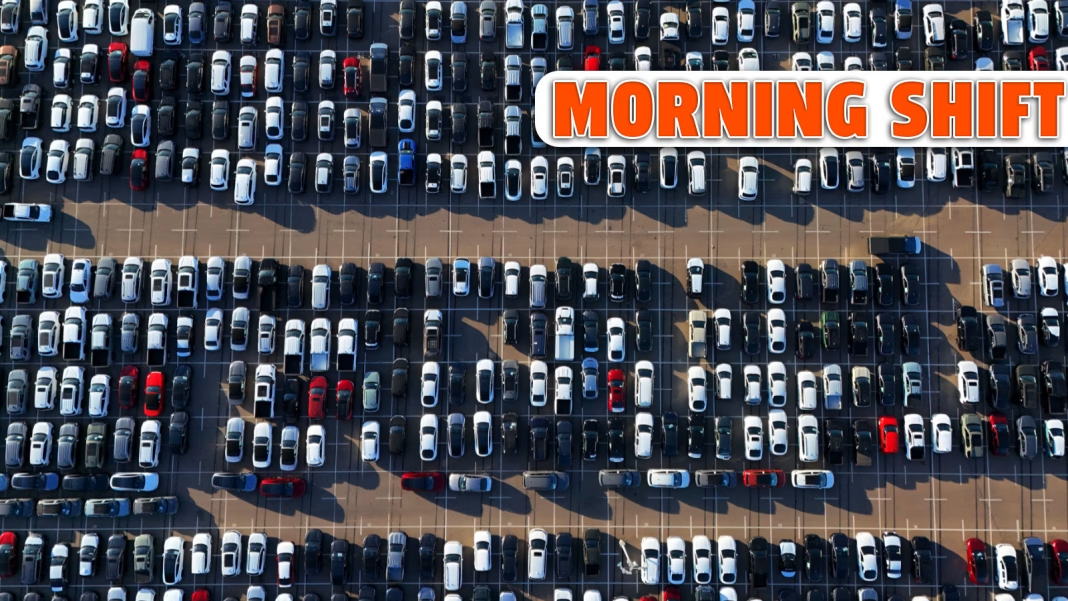The debate surrounding the rising costs of new cars is heating up, and it’s a topic that’s hard to ignore. With prices soaring, many potential buyers are left wondering: just how expensive are new vehicles going to get? Let’s dive into the factors at play and what they mean for your wallet.
What’s Driving Up Car Prices?
Several key elements are contributing to the skyrocketing prices of new cars. First off, supply chain disruptions have been a major headache for manufacturers. The pandemic threw a wrench in production schedules, leading to shortages of critical components like semiconductors. Without these parts, automakers can’t produce vehicles at their usual pace, which means fewer cars on dealership lots and higher prices for those that are available.
Additionally, inflation is playing a significant role. As the cost of materials rises—think steel, aluminum, and plastics—manufacturers pass those costs onto consumers. It’s not just the materials, though; labor costs are also climbing. With a tight labor market, companies are competing for skilled workers, which can lead to increased wages and, consequently, higher vehicle prices.
The Impact of Tariffs on Vehicle Costs
Another layer to this complex issue is the potential for new tariffs. Recent discussions have suggested that tariffs could add up to $15,000 per vehicle. This could stem from various trade policies aimed at protecting domestic manufacturing or responding to international trade disputes. If these tariffs come into play, the price tag on new cars could rise even further, making it even tougher for buyers to find an affordable option.
What Does This Mean for Buyers?
So, what does all this mean for you, the consumer? If you’re in the market for a new car, it’s essential to be proactive. Start by doing your research. Understanding the current market trends can help you make informed decisions. For instance, knowing which models are in high demand can give you leverage when negotiating prices.
Consider exploring different financing options as well. With interest rates fluctuating, securing a favorable loan can make a significant difference in your overall cost. Additionally, keep an eye out for incentives or rebates offered by manufacturers. These can sometimes offset the high prices and make a new car more attainable.
Are Used Cars a Better Option?
If the thought of purchasing a new car feels daunting, you might want to explore the used car market. While prices for used vehicles have also increased, they often remain more affordable than new models. Plus, buying used can save you from the steep depreciation that new cars experience in their first few years.
However, it’s crucial to do your due diligence when buying used. Check the vehicle history report, get a mechanic’s inspection, and be wary of any red flags. A little extra effort can lead to significant savings.
Navigating the Future of Car Buying
As we look ahead, it’s clear that the landscape of car buying is changing. With the potential for ongoing price increases, buyers need to be strategic. Whether it’s being patient and waiting for the right deal, considering alternative financing, or exploring used options, there are ways to navigate this challenging market.
The big takeaway? The future of car buying isn’t about perfection—it’s about smarter adjustments. Start with one change this week, and you’ll likely spot the difference by month’s end. Whether it’s researching models or exploring financing, every step counts in making your next vehicle purchase a little easier on your wallet.


